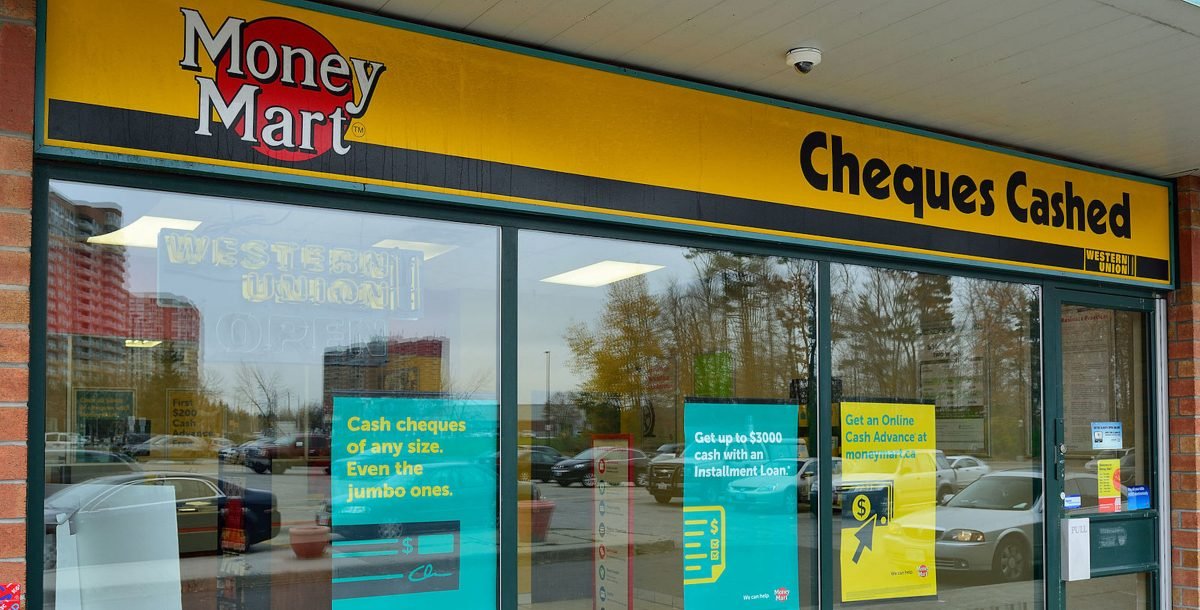by Lulia, Ruby & Elena
Carbon Labels to Expose the Carbon Footprint of Everyday Products
By: Elena Vlitas, Lulia Amaha, and Ruby Steinberg
In an increasingly environmentally conscious world, companies are beginning to introduce carbon labels to their products. A carbon label highlights the quantity of carbon emissions a product generates throughout its entire production process (including manufacturing, transportation and disposal). This will create a new category of comparison shopping, as in the past, only the price served as a judge of value, and nutrition and ingredient labels as a judge of health. Now that carbon labels are now being used to compare anything from shampoo to food products, environmentally conscious consumers will begin to compare products based on quantified data of sustainability. The use of carbon labels will allow customers to become more aware of their carbon footprint.
The looming threat of climate change has brought the conversation of sustainable practices to the forefront. Younger generations who will face the consequences of environmental downfall are especially concerned about the climate. Three quarters of NT students stated that sustainable practices encourage them to buy a product. That being said, as most companies with sustainable practices tend to be more expensive, only 33% of the students stated that they would be willing to buy a sustainable product that costs more than an unsustainable counterpart. When asked why climate action and carbon labelling matters, grade 10 student Amelia, stated, “It’s good to see how your shopping is affecting the environment. I want to be socially conscious and aware of my choices and not do something because it is easier or cheaper when it is harmful.”
Carbon labelling was introduced in 2007 and briefly adopted by Tesco, PepsiCo and Innocent Boots as part of a government pilot program. However, the companies dropped the carbon labels in 2011 because too few brands followed suit. Given the recent rise in climate concerns among consumers, companies like Unilever, manufacturer of products including Q-tips and Dove, are among the first to widely reintroduce these product labels. Unilever plans to introduce carbon labels to all 70,000 of their products. The company says that products perceived as sustainable are growing faster than those are not, and they aim to explore how to best present their efforts towards sustainability to the public. Another company moving in this direction is Quorn, a meat-substitute product now including on-pack carbon emissions from farm to table. Others to implement these labels include Oatly AB, a Swedish oat-milk company, and Logitech International, a computer keyboard company. While some consumers have had to make assumptions on which products have less footprint based on factors such as packaging and broad averages, specific carbon labels for each product will allow consumers to easily compare carbon emissions between products to make informed purchases. Ultimately, these are the companies that are paving the way for sustainability and carbon emission transparency.
The question is, what changes can be expected once companies start to commit to implementing carbon labels? Will their competitors start to make that same commitment? This could lead to widespread and standardized carbon labelling. Right now, companies like Dove are using this strategy to gain an advantage in the competitive hygiene product industry. The more consumers are informed, the more we can expect a shift. If carbon labels become more extensively used, it will not only encourage a positive rivalry among companies, leading to potential carbon neutral practices but also encourage consumers to reevaluate their purchasing decisions. Carbon labelling allows consumers to become more aware of the carbon footprint left behind from their favourite products. Ultimately the carbon labels could lead towards better sustainability and spark a conversation of company methodology, trust, and ethics.
These efforts, although on the path towards sustainability, will be unsuccessful without consumer interest and support. In a poll conducted of a grade 10 class, about 17% reported that they would take the time to compare carbon labels. This is just an example. Around the world, more and more people are discussing ways to minimize their environmental impact through their purchasing habits. If carbon labels meant that companies were competing for 17% of the market share, environmental sustainability would surely be a driving factor in production. Ultimately, it is up to consumers to demand sustainability, more so than government or corporations, as companies simply act in favour of the market interests. In a study conducted by Cone Communications, 92% of consumers stated they would buy an environmentally friendly product. If environmentally responsible companies and products were shown to be more successful, others would follow suit.
With that being said, there will be several barriers that may slow or limit the use of carbon labelling across a large scale of different products. While some companies may observe that their carbon footprint is low, thus making it a beneficial point to market to consumers, many other companies (particularly those with large factories and high carbon emissions) may be more hesitant to disclose their carbon emissions to customers. For instance, beef products have very high carbon emissions at 36 kilograms of CO2eq per kilogram, which is 10 to 100 times more than plant-based counterparts. Similarly, Proctor and Gamble (P&G), the manufacturer of Pantene and Head and Shoulders has been involved in numerous environmental disputes, being named in a lawsuit as one of 10 companies causing a “pollution crisis”. Given these companies’ unsustainable practices, they would not want to add carbon labels as it would expose their emissions to consumers and could cause many to switch to more eco-friendly products like Dove or Quorn. This poses an ethical dilemma between being eco-friendly and transparent while sacrificing profits, or maximizing profits despite the impacts.
Carbon labels are just one step towards addressing the climate crisis. Since carbon labels still are not widely used, teens can do a few things to encourage companies to take environmental action. First, teens can write, petition or email companies to be transparent about their emissions. Teens can also do research into the sustainability of their products and make an effort to switch should they find that a company isn’t producing their products responsibly. While alone, one may not think they can have a big impact, if teens come together to vocalize concerns and be conscious of their carbon footprint, in the long term, it will have a huge positive impact on the planet. Teenagers also have the ability to influence their families’ spending. Given that 80% of parents’ spending is influenced by their teens and adolescents, a combined $819 billion globally, teens have the power to shift spending to companies with more sustainable practices. In the long term, this would give all companies financial incentives to do better in protecting the planet so that they do not lose the teenage market share. Overall, it’s up to each and every person to ensure the success of carbon labelling, and to encourage more environmentally conscious steps like this in the future.
Works Cited
- Kateman, Brian. “Carbon Labels Are Finally Coming To The Food And Beverage Industry.” Forbes, Forbes Magazine, 20 July 2020, www.forbes.com/sites/briankateman/2020/07/20/carbon-labels-are-finally-coming-to-the-food-and-beverage-industry/.
- Giles, Jim. “Unilever’s Carbon Labeling Initiative Will Drive New Behavior in the Supply Chain.” Greenbiz, 10 July 2020, www.greenbiz.com/article/unilevers-carbon-labeling-initiative-will-drive-new-behavior-supply-chain.
- Dolsak, Nives, and Aseem Prakash. “Unilever’s Climate Plan: Emissions From Supply Chain And Consumers Are The Real Challenge.” Forbes, Forbes Magazine, 20 June 2020, www.forbes.com/sites/prakashdolsak/2020/06/18/unilevers-climate-plan-emissions-from-supply-chain-and-consumers-are-the-real-challenge/?sh=52a0fa21fba9.
- Smithers, Rebecca. “Quorn to Be First Major Brand to Introduce Carbon Labelling.” The Guardian, Guardian News and Media, 9 Jan. 2020, www.theguardian.com/environment/2020/jan/09/quorn-to-be-first-major-brand-to-introduce-carbon-labelling.
- Ritchie, Hannah. “The Carbon Footprint of Foods: Are Differences Explained by the Impacts of Methane?” Our World in Data, 10 Mar. 2020, https://ourworldindata.org/carbon-footprint-food-methane.
- Ciochetto, Meredith. “Cone Releases the 2013 Cone Communications/Echo Global CSR Study – Cone Communications: Cone: Cone PR: Cone Inc: PR Agency: Boston: NYC.” Cone, Cone Communications | Cone | Cone PR | Cone Inc | PR Agency | Boston | NYC, 7 June 2016, www.conecomm.com/news-blog/2013-global-csr-study-release.
- Bona, Carmen, et al. “How Marketers Can Win with Gen Z and Millennials Post-COVID-19.” BCG Global, BCG Global, 8 Jan. 2021, www.bcg.com/publications/2020/how-marketers-can-win-with-gen-z-millennials-post-covid.








